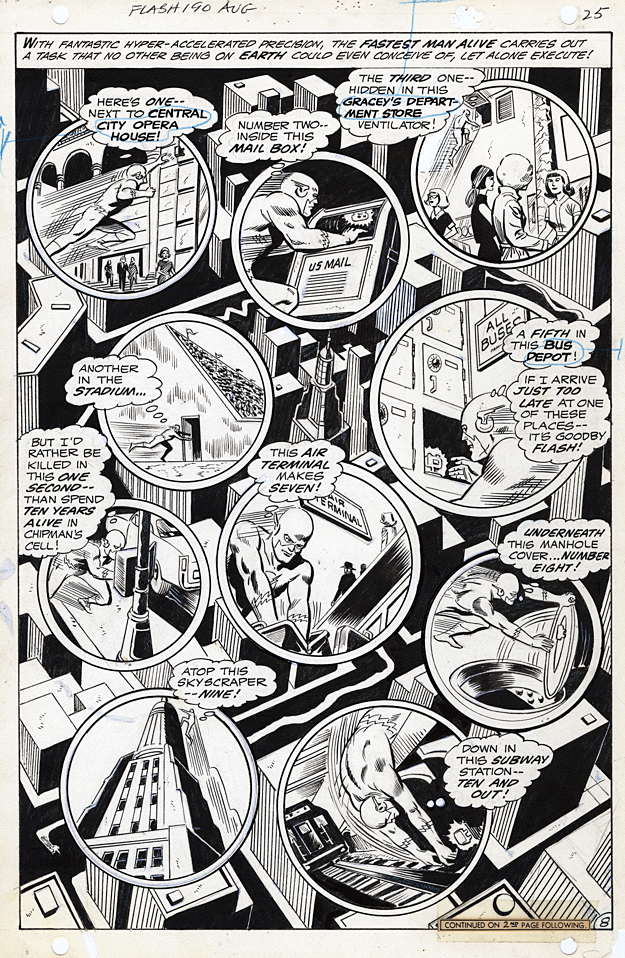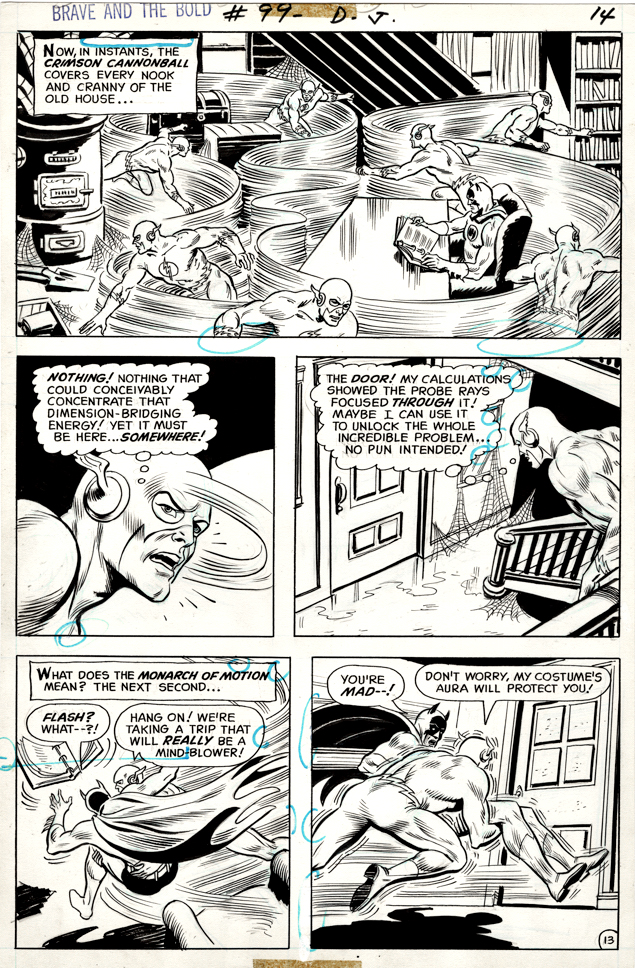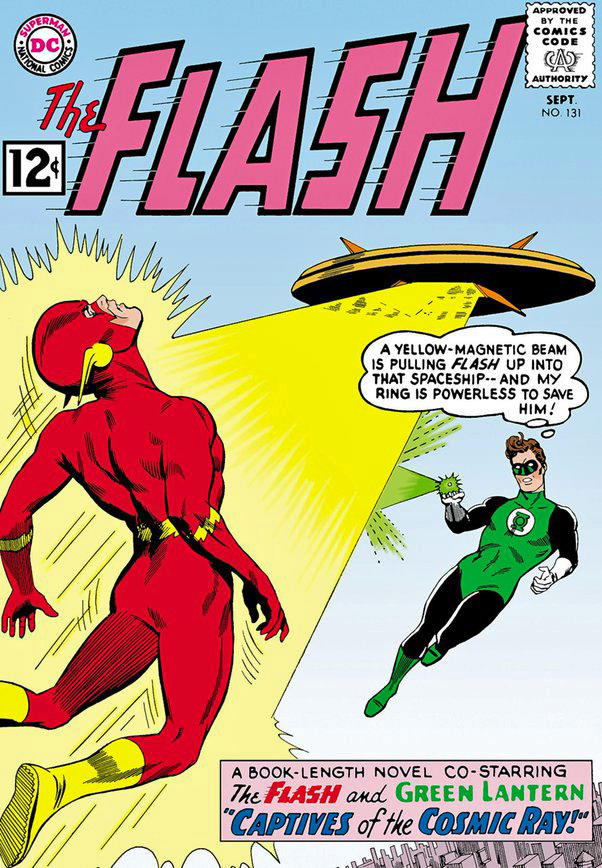Rodney Ramos — Flashbacks (Flash Rerun)
The Flash of Two Worlds — DC Comics Classics Library, 2009

Continuing our celebration of the Fastest Man Alive with a few classic “re-runs” — pun absolutely intended— from the early days of the blog. Today’s post, along with the next two, features “The Flash of Two Worlds.”
Flash #123, “The Flash of Two Worlds” is one of the most important comic book milestones of DC’s silver age, establishing the DC multiverse and paving the way for countless crossover storylines that ultimately lead up to 1985’s Crisis on Multiple Earths. It’s 1961 cover follows as one of the most iconic images of the era.
But, when DC went to reprint the earliest Flash crossover stories in a special collection, the original art and layout and didn’t quite work within the new cover design.
So, the editors turned to the talented Rodney Ramos to recreate (and slightly reconfigure) the iconic imagery, in the Infantino/ Murphy Anderson “style.”
He pretty much nails it.
(As seen below, the final published piece crops the image significantly, and also digitally manipulates the two Flashes closer together.)











































